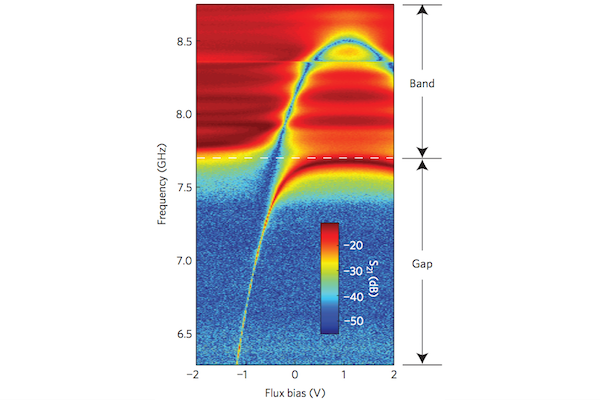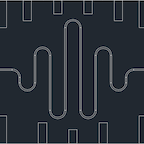
Quantum electrodynamics near a photonic bandgap
Type
Photonic crystals provide an extremely powerful toolset for manipulation of optical dispersion and density of states, and have thus been employed for applications from speelautomaten photon generation to quantum sensing with NVs and atoms. The unique control afforded by these media make them a beautiful, if unexplored, playground for strong coupling quantum electrodynamics, where a single, highly nonlinear emitter hybridizes with the band structure of the crystal. Photonic crystals provide an extremely powerful toolset for manipulation of optical dispersion and density of states, and have thus been employed for applications from photon generation to quantum sensing with NVs and atoms. The unique control afforded by these media make them a beautiful, if unexplored, playground for strong coupling quantum electrodynamics, where a single, highly nonlinear emitter hybridizes with the band structure of the crystal. In this work we demonstrate that such hybridization can create localized cavity modes that live within the photonic band-gap, whose localization and spectral properties we explore in detail. We then demonstrate that the coloured vacuum of the photonic crystal can be employed for efficient dissipative state preparation. This work opens exciting prospects for engineering long-range spin models in the circuit QED architecture, as well as new opportunities for dissipative quantum state engineering.

